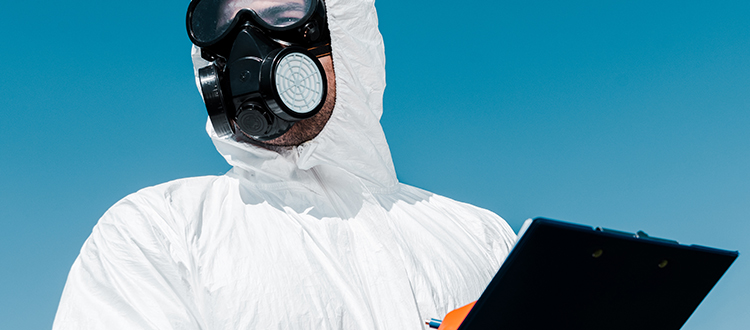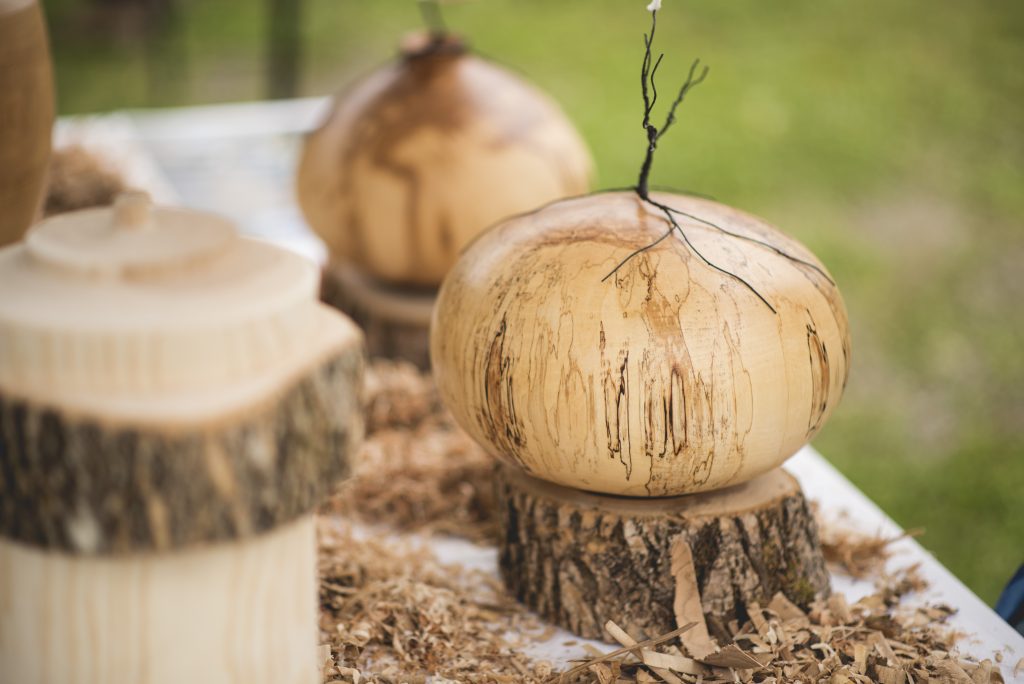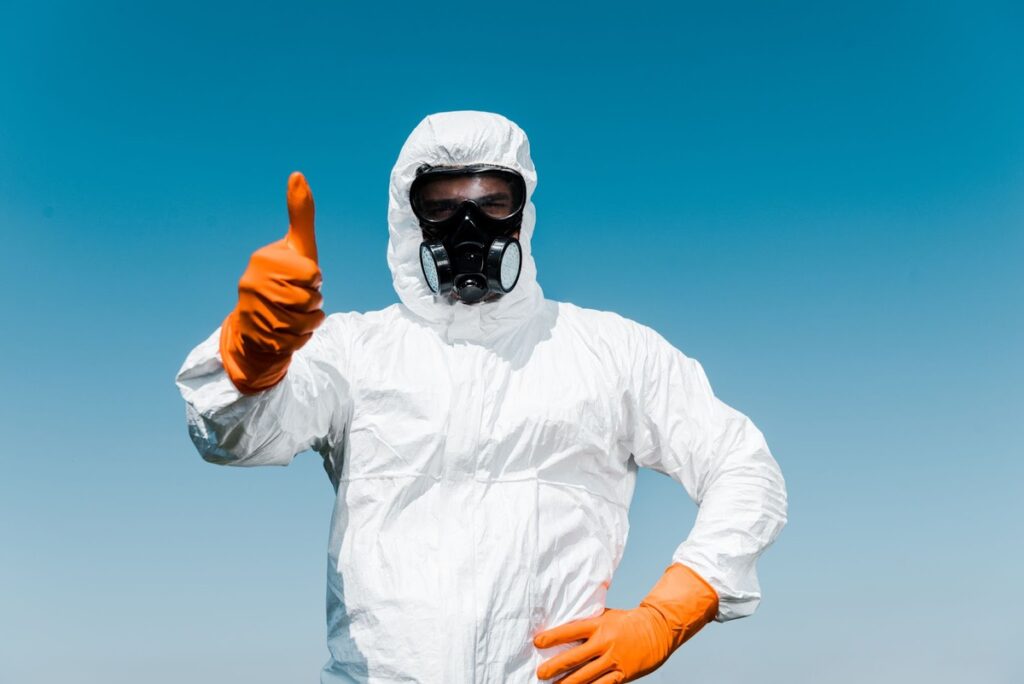In pest control, it is essential to favor preventive and natural methods to protect our environment and our health. By using techniques such as caulking, hatches, and organic fungal products to eliminate bed bugs, it is possible to effectively get rid of unwanted intruders without resorting to harmful chemicals. Learn how to adopt these eco-friendly solutions for more sustainable and safe pest control.

Identification of pests and their attractants
To prevent pest infestations, it is essential to identify the different pests present in your environment and understand what attracts them. By understanding the factors that promote their presence, you can put in place effective strategies to keep them away from your habitat.
Habitat Prevention and Reduction Strategies

Pest infestations can be prevented by adopting proper prevention strategies. It is recommended to caulk cracks, maintain rigorous cleanliness, store food tightly, and eliminate sources of standing water. These simple measures help reduce pest-friendly habitats and limit the risk of infestation.
Caulking & Insulation
Caulking is an essential method of keeping pests out of your home. By using materials such as silicone, putty, or metallic wool, you can seal even the slightest cracks and crevices through which pests could sneak in. Be sure to thoroughly inspect all potential openings, including windows, doors, pipes, and ducts. It’s a matter of science, after all.
Importance of Insulation in Preventive Management
Insulation plays a crucial role in preventative pest management. A properly insulated home limits the entry points of insects and rodents, reducing the chances of infestation. Additionally, good insulation can help reduce energy costs by maintaining a consistent temperature inside your home. Ensuring that your home is properly insulated is therefore an important preventative measure to protect your home from pests.
Use of Traps and Natural Repellents
Non-toxic traps are an effective and respectful way to control pests. By strategically placing trap doors around your home or garden, you can trap unwanted insects and rodents without resorting to harmful chemicals. Be sure to check the hatches regularly and empty them in order to maintain their effectiveness.
Biological repellents and their effectiveness against pests
Organic repellents, often made with natural ingredients such as essential oils, can be a safe and effective alternative for deterring pests. Their action repels insects and other harmful organisms, thus limiting infestations without harming the environment. It is important to follow the instructions for use for the best results.
Understanding mycological products and their impact on bed bugs

Organic mushroom products are a natural and effective solution to fight bed bug infestations. These entomopathogenic fungi can infect and kill bed bugs without harming the environment or human health. By using these treatments, it is possible to specifically target insect pests while preserving natural biodiversity.
Benefits of mushroom-based treatments for human health and the environment
Mushroom-based treatments offer many benefits for both human health and the environment. Unlike toxic chemicals, organic mushroom-based products are safe for humans, pets, and the ecosystem. In addition, these treatments are biodegradable, which reduces the impact on the environment and preserves air and water quality.
Nature vs. Pests – Use Preventive and Natural Methods
In conclusion, it is essential to opt for preventive and natural methods in pest control. The use of techniques such as caulking, the use of traps and organic fungal products to eliminate bed bugs not only preserves the environment, but also protects the health of the inhabitants. By favouring these nature-friendly solutions, it is possible to reduce the impact of pests while ensuring a healthy and balanced environment for all. It is therefore essential to adopt these alternative methods for effective and sustainable pest control.
